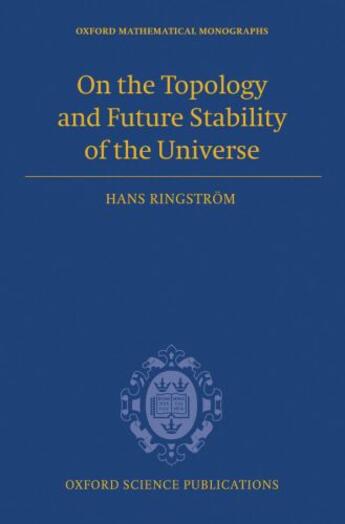-
Nombre de pages : (-)
-
Collection :
(-)
-
Genre :
(-)
-
Thème :
Non attribué
-
Prix littéraire(s) :
(-)
Résumé:
The standard starting point in cosmology is the cosmological principle; the assumption that the universe is spatially homogeneous and isotropic. After imposing this assumption, the only freedom left, as far as the geometry is concerned, is the choice of one out of three permissible spatial... Voir plus
The standard starting point in cosmology is the cosmological principle; the assumption that the universe is spatially homogeneous and isotropic. After imposing this assumption, the only freedom left, as far as the geometry is concerned, is the choice of one out of three permissible spatial geometries, and one scalar function of time. Combining the cosmological principle with an appropriate description of the matter leads to the standard models. It is worth noting that these models yield quite a successful description of our universe.
However, even though the universe may, or may not, be almost spatially homogeneous and isotropic, it is clear that the cosmological principle is not exactly satisfied. This leads to several questions. The most natural one concerns stability: given initial data corresponding to an expanding model of the standard type, do small perturbations give rise to solutions that are similar to the future? Another question concerns the shape of the universe: what are the restrictions if we only assume the universe to appear almost spatially homogeneous and isotropic to every observer?
The main purpose of the book is to address these questions. However, to begin with, it is necessary to develop the general theory of the Cauchy problem for the Einstein-Vlasov equations. In order to to make the results accessible to researchers who are not mathematicians, but who are familiar with general relativity, the book contains an extensive prologue putting the results into a more general context.
Donner votre avis














